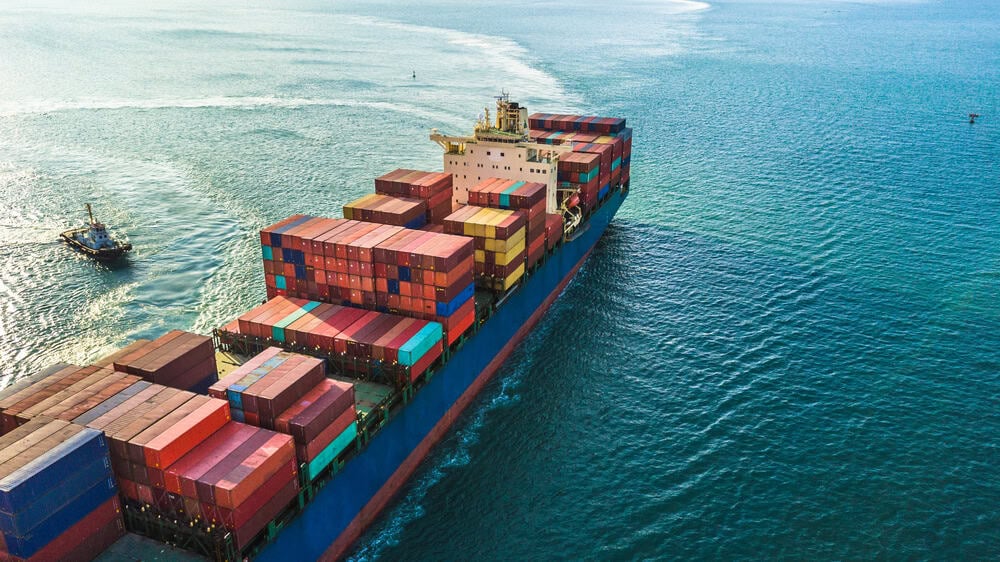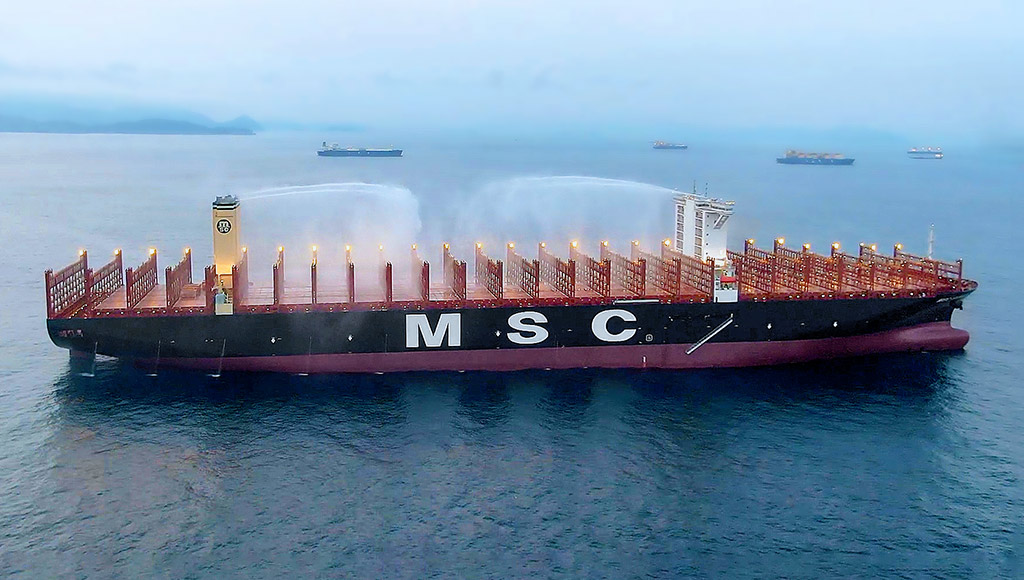The US has launched a new round of sanctions against Iran, designating 33 vessels with a particular focus on Tehran’s LPG trade, while also targeting a China-based crude oil terminal and an independent ’teapot’ refinery
The US Department of the Treasury’s Office of Foreign Assets Control (OFAC) said the latest designations cover 16 crude oil and /product tankers, 14 LPG carriers, two tugs, and one general cargo vessel, along with several individuals and entities.
According to OFAC, “These actors have collectively enabled the export of billions of dollars’ worth of petroleum and petroleum products, providing critical revenue to the Iranian regime and its support for terrorist groups that threaten the United States.”
“The Treasury Department is degrading Iran’s cash flow by dismantling key elements of Iran’s energy export machine,” said Secretary of the Treasury Scott Bessent.
LPG trade in focus
This action marks one of Washington’s broadest crackdowns to date on Iran’s LPG trade. OFAC has sanctioned several UAE- and Hong Kong-based entities, among others, accused of facilitating the sale and shipment of Iranian LPG to Sri Lanka, China, Bangladesh and Yemen.
OFAC also designated Shandong Jincheng Petrochemical Group, a China-based independent (teapot) refinery, saying it had “purchased millions of barrels of Iranian oil since 2023.”
The agency noted this marks the fourth round of sanctions targeting Chinese refineries that continue to import Iranian oil.
Additionally, the Rizhao Shihua Crude Oil Terminal in China was sanctioned for “accepting more than a dozen shadow fleet vessels.”
Shadow fleet activity
OFAC said the newly listed ’shadow fleet’ vessels “employ obfuscation tactics to mask shipments of Iran-origin petroleum and rely on services from companies in China and elsewhere to deliver their goods.”
According to the agency, “Iranian exporters often transfer cargoes between shadow fleet vessels – at times with the aid of tugboats – in the Persian Gulf and in waters off Singapore and Malaysia to disguise the origin of their cargoes.”
Vortexa data shows roughly 85–90% of Iranian crude exports are destined for China, driven by “deep discounts and reported barter-style payment arrangements.”
Beneath these flows lies a vast network of ship-to-ship transfers. According to Vortexa, over the past three years, around 82% of Iran–China voyages have involved at least one STS operation, typically conducted near Malaysia or Fujairah.




